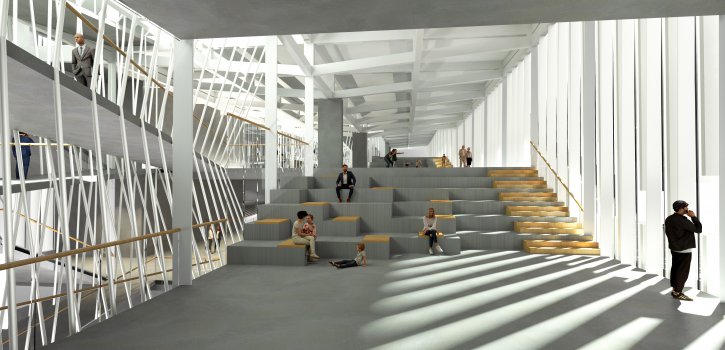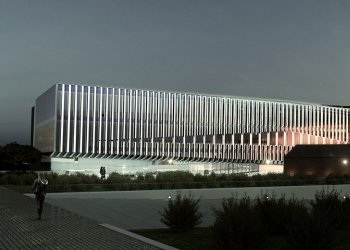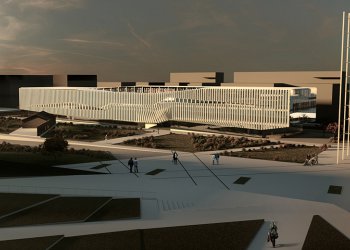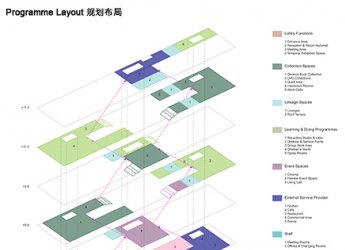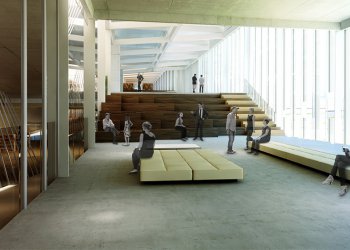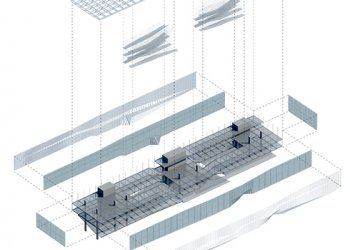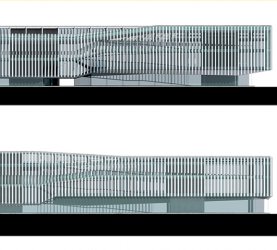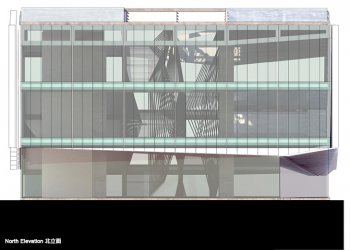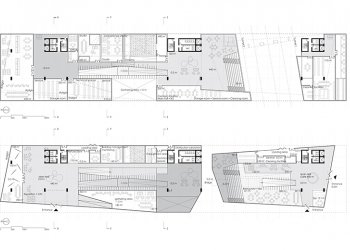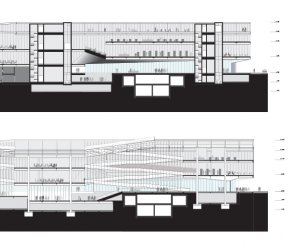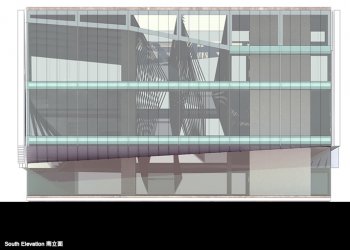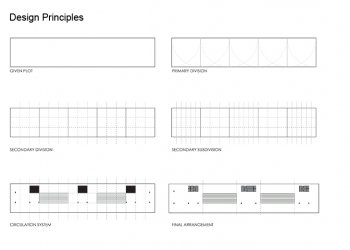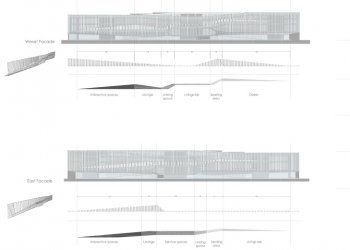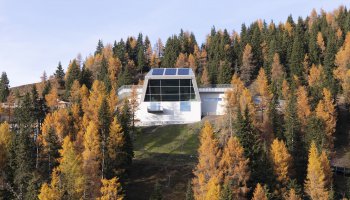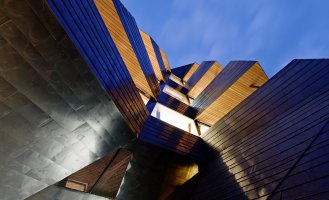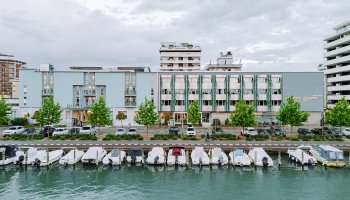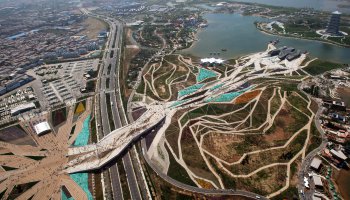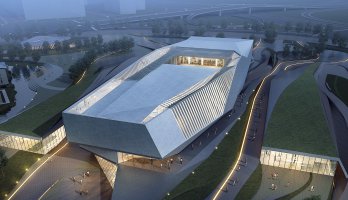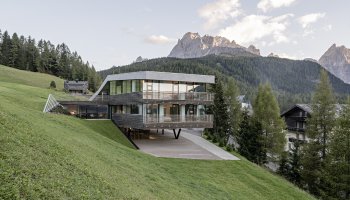La proposta per la nuova Biblioteca Centrale di Helsinki ripensa la natura stessa della biblioteca per creare un'agorà contemporanea. Funziona come punto focale per generare conoscenze specifiche locali, rimanendo al contempo connessa al bacino di conoscenze globale.
HARPPU
TYPE Public space, Library
STATUS Competition
LOCATION Helsinki, Finland
YEAR 2012
CLIENT City of Helsinki
DESIGN TEAM Gaspar Altamiro, Eva Castro, Li Gan, Ulla Hell, Holger Kehne, Libny Pacheco, Yun Shi, Sheeham Wachter, Chuan Wang
A tal proposito, l'edificio offre elasticità e versatilità, ottenute attraverso l'impiego di due serie di rampe – una risorsa semplice che produce un'organizzazione a doppia elica, uno spazio iper-connesso, rompendo le gerarchie degli spazi pubblici comuni e fornendo un'esperienza non lineare dove si verificano incontri fortuiti e accidentali tra gli utenti della biblioteca, aumentando le possibilità di nuove affinità e, in ultima analisi, la produzione di nuovi nodi e sinapsi, un DNA di conoscenza condivisa. Questo è ulteriormente migliorato da una serie di gradini per sedersi e scale tra i mezzi livelli che possono offrire configurazioni casuali per individui e gruppi per trovare il proprio spazio e riunirsi o per connettersi a un'altra area della biblioteca. La nuova biblioteca diventa il soggiorno della città, creando un'esperienza sensoriale dalla facciata alla pianta, dove la qualità della luce guida l'utente sia all'interno che all'esterno.
